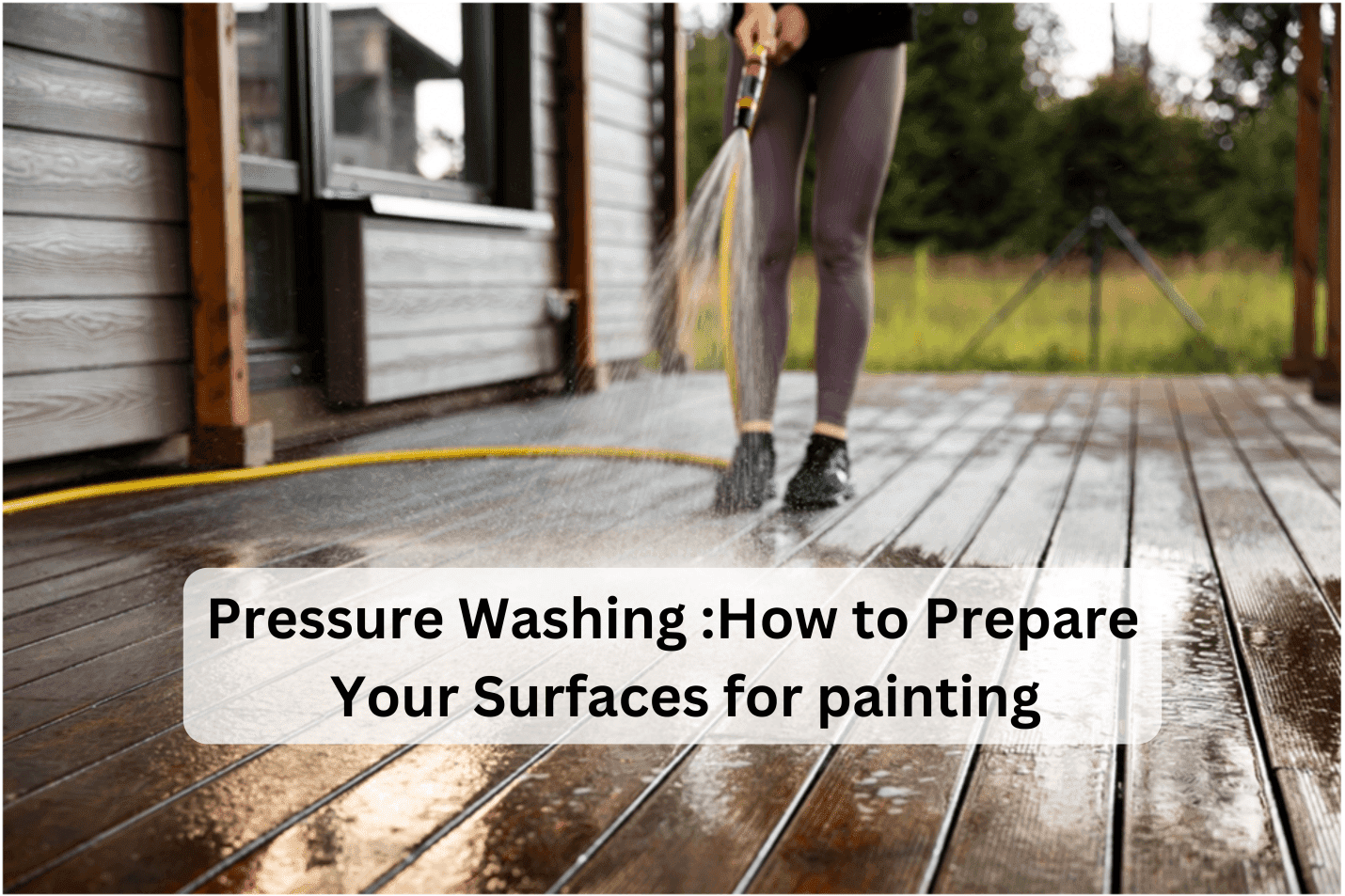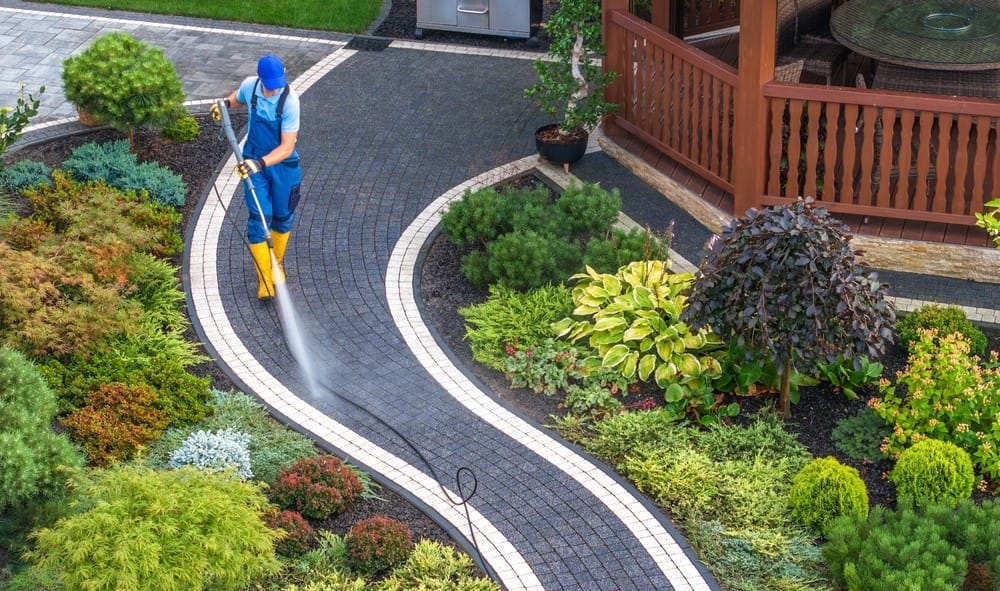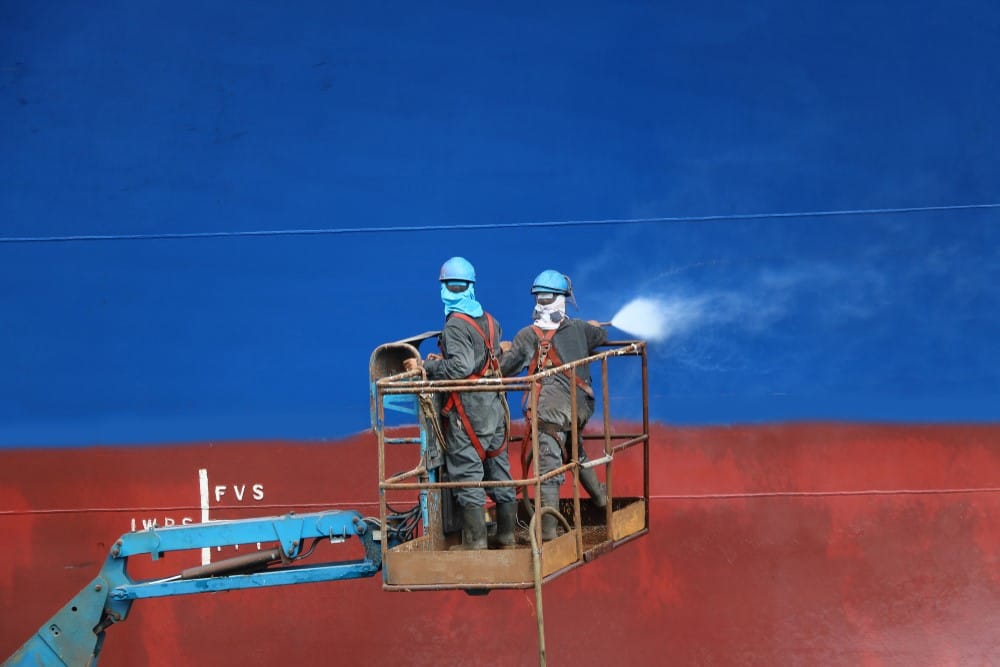Table of Contents
- Introduction
- Importance of Pressure Washing Before Painting
- Overview of Benefits
- Understanding Pressure Washing
- Benefits of Pressure Washing Before Painting
- When to Pressure Wash
- How to Pressure Wash Your Surfaces
- Safety Precautions
- What to Do After Pressure Washing
- Choosing the Right Paint for Your Project
- Conclusion
- Frequently Asked Questions (FAQs)
1. Introduction
Before embarking on any painting project, whether for your home or a commercial space, one critical step is often overlooked: pressure washing. This essential process ensures your surfaces are clean and ready for the best possible paint application. In this guide, we will explore the importance of pressure washing before painting, focusing on how it leads to a flawless finish.
2. Importance of Pressure Washing Before Painting
Overview of Benefits
Pressure washing is a crucial preparatory step that enhances the quality and durability of your paint job. By removing grime, dirt, and old paint, pressure washing sets the stage for superior adhesion and a longer-lasting finish.
3. Understanding Pressure Washing
What is Pressure Washing?
Pressure washing uses high-pressure water spray to remove dirt, mold, mildew, and other debris from surfaces. This process is vital in both residential and commercial painting services, as it creates a clean surface for optimal paint adhesion.
How Does Pressure Washing Work?
A pressure washer operates by taking in water and driving it out through a contract spout at high pressure. This powerful stream effectively dislodges contaminants from surfaces, making them clean and ready for painting.
Types of Pressure Washers
There are several types of pressure washers available:
- Electric Pressure Washers: Suitable for light-duty assignments such as cleaning patios and outdoor furniture.
- Gas Pressure Washers: These are more capable and perfect for heavy-duty occupations like preparing exterior surfaces for painting.
4. Benefits of Pressure Washing Before Painting
Improved Paint Adhesion
A clean surface is fundamental for paint adhesion. Pressure washing removes contaminants that can prevent paint from staying appropriately, guaranteeing a smooth and durable finish.
Removal of Dirt, Mildew, and Grime
Dirt and mildew can harbor dampness and lead to paint disappointment. Pressure washing eliminates these components, giving a clean slate for your portrait project.
Enhanced Surface Preparation
Pressure washing not only cleans but also plans the surface for paint application, guaranteeing scope indeed and reducing the chance of peeling or bubbling.
Prolonged Lifespan of Paint
By investing time in pressure washing, you can extend the lifespan of your paintwork. Proper surface preparation minimizes the need for visit repainting.
5. When to Pressure Wash
Signs That Your Surface Needs Washing
Look for signs such as peeling paint, visible soil, or form development. If your surfaces appear dull or dirty, it’s time for a pressure wash.
Ideal Conditions for Pressure Washing
Choose a dry day with low humidity for the best results. Avoid windy conditions to prevent flotsam and jetsam from blowing onto crisply washed surfaces.
6.How to Pressure Wash Your Surfaces
Necessary Equipment and Tools
To effectively pressure wash your surfaces, you’ll require the following essential equipment and tools:
- Pressure Washer: Select between electric or gas models based on the measure of your venture. Electric pressure washers are appropriate for light-duty assignments, whereas gas-powered units offer more control for heavy-duty cleaning.
- Extension Wand: This apparatus expands your reach, permitting you to clean high surfaces like roofs and second-story walls without the need for a ladder.
- Nozzle Attachments: Different nozzle sizes make varying shower patterns and pressure levels. A wider nozzle is best for delicate cleaning, whereas a contract spout is perfect for expelling extreme grime. Continuously allude to the pressure washer’s manual to select the correct nozzle for your task.
- Surface Cleaner: For large flat surfaces like driveways and patios, a surface cleaner connection can help speed up the washing process, providing indeed cleaning without streaks.
- Safety Gear: Securing yourself is crucial while using a pressure washer. Wear heavy-duty gloves to shield your hands from debris and chemicals, security goggles to secure your eyes from flying particles, and durable, non-slip footwear to anticipate slips and falls. Also, consider wearing a mask if you are sensitive to dust or mold.
- Cleaning Solutions: Depending on the type of surface you are cleaning, you may need to utilize particular cleaning solutions outlined for pressure washers. These can help break down resolved stains, form, or mildew.
Step-by-Step Pressure Washing Process
- Preparing the Area: Before washing Remove furniture, cover plants, and ensure the area is free of obstacles.
- Setting Up the Pressure Washer: Interface the water supply, and select the appropriate nozzle for your task.
- Washing Technique: Start from the top of the surface and work your way down, maintaining a reliable remove from the surface.
- Rinsing and Drying: After washing, rinse the surface thoroughly with clean water and allow it to dry completely before painting.
7. Safety Precautions
Personal Protective Equipment (PPE)
Always wear appropriate PPE, including goggles, gloves, and closed-toe shoes to protect yourself during the washing process.
Safety Tips for Using a Pressure Washer
Read the manufacturer’s instructions and never point the nozzle at people or animals. Be mindful of your surroundings and electrical hazards.
8. What to Do After Pressure Washing
Inspecting the Surface
After pressure washing, inspect the surface for any remaining dirt or damage that may need addressing before painting.
Additional Surface Preparation Techniques (e.g., sanding, caulking)
Consider sanding rough areas and applying caulk to gaps or cracks for a smooth, even painting surface.
9. Choosing the Right Paint for Your Project
Factors to Consider
Consider the surface type, location (interior painting in Sarasota, FL, for example), and climate when selecting paint.
Recommended Paint Types for Different Surfaces
Choose high-quality exterior paint suitable for Florida’s climate, ensuring it can withstand humidity and heat while providing long-lasting results.
10. Conclusion
Recap of the Importance of Pressure Washing
Pressure washing is a fundamental step in achieving a flawless paint finish. By properly preparing your surfaces, you enhance paint adhesion, remove unwanted contaminants, and prolong the life of your paint job.
Final Tips for Achieving a Flawless Finish
Don’t rush the pressure washing process. Take your time to ensure a thorough job, and always choose the best exterior paint for Florida’s unique weather conditions to ensure your investment lasts.
For those seeking a comprehensive solution, consider all-inclusive services that can manage everything from pressure washing to painting, ensuring a seamless experience. For all-inclusive services, visit here.
11. Frequently Asked Questions (FAQs)
1. How often should I pressure wash before painting?
It’s advisable to pressure wash surfaces every few years, especially before repainting to maintain a clean and ready surface.
- Can I pressure wash indoors?
Pressure washing is typically used outdoors. For indoor surfaces, consider alternative cleaning methods that won’t create excess moisture.
- What if my surface is still dirty after pressure washing?
If residues remain, you may need to scrub the area manually or repeat the pressure washing process using a different nozzle or cleaning solution.








